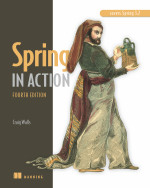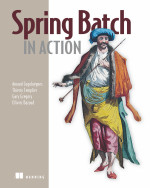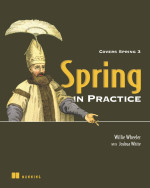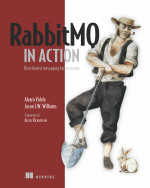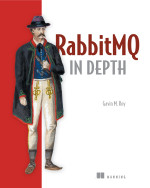Manning's Countdown to 2014 sale: 50% off all Spring Books from Manning Dec 9th and 10th!

In celebration of Spring Framework 4.0 launch, Pivotal is excited to sponsor Manning's "Countdown to 2014" and their "Day of Spring / Groovy / Grails", a joint promotion with Manning Publications where we offer 50% discounts for specific days, on books that are hand-picked by the Spring, Groovy, Grails folks at Pivotal. Manning is also making an additional offer to anyone that purchases the Deal of the Day - they are automatically entered to win one free copy of an eBook and one chance to win an iPad mini!
Monday, December 9 - MEGA DEAL - 50% off pBooks, including Spring Day / Groovy Day books listed below. Code: gpivdotd13
All codes are good for 48 hours.
You read excerpts from books online for free by clicking on the links below. We hope you enjoy the deals!
|
By Craig Walls |
By Mark Fisher, Jonas Partner, Marius Bogoevici, and Iwein Fuld Foreword by Rod Johnson |
By Arnaud Cogoluegnes, Thierry Templier, Gary Gregory, Olivier Bazoud |
|
by Willie Wheeler with Joshua White |
By Alvaro Videla and Jason J.W. Williams |
By Gavin M. Roy |
